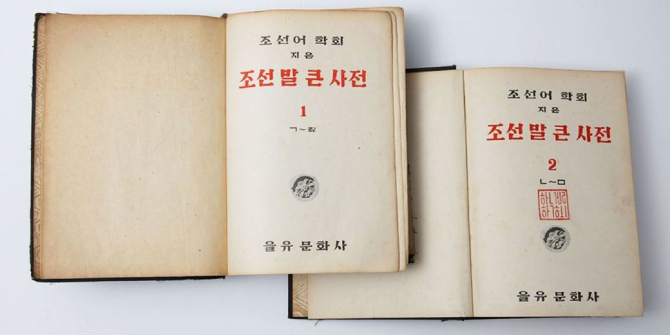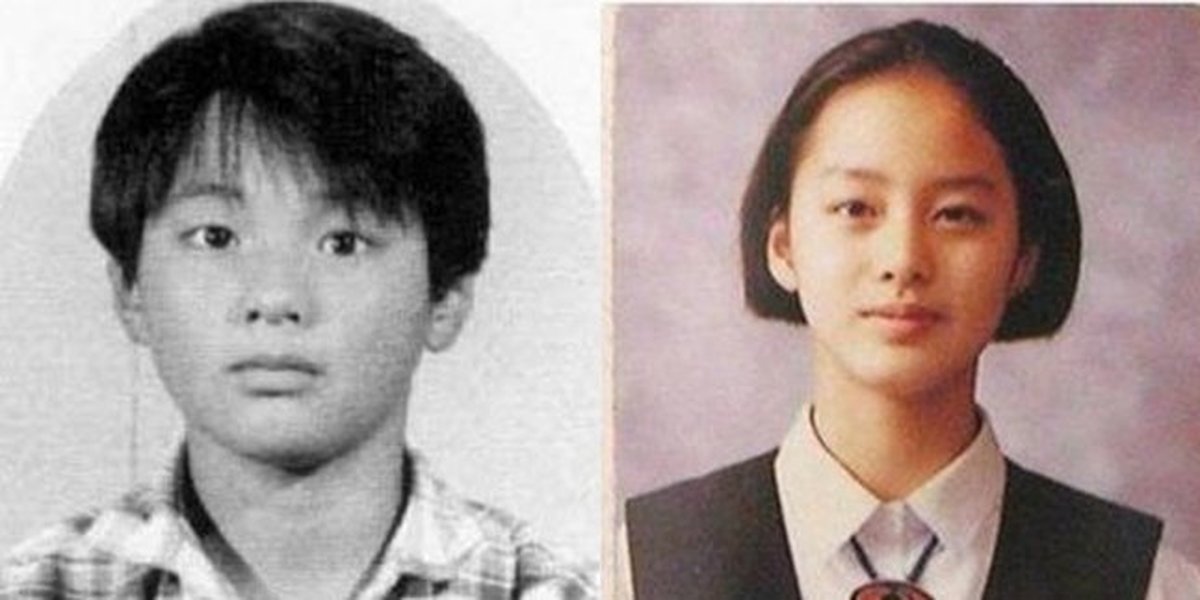Kapanlagi.com - Hangeul, or the Korean alphabet, is one of the things known by K-Popers and Korean enthusiasts. Hangeul was created by King Sejong in 1443, during the Joseon Dynasty. However, who would have thought that there is a long history after the creation of the Korean language.
As quoted from VANK (Voluntary Agency Network of Korea), on September 8, 1945, an item that became an important item for South Korea was found. The lost "treasure" was found in a storage warehouse at Seoul Station.
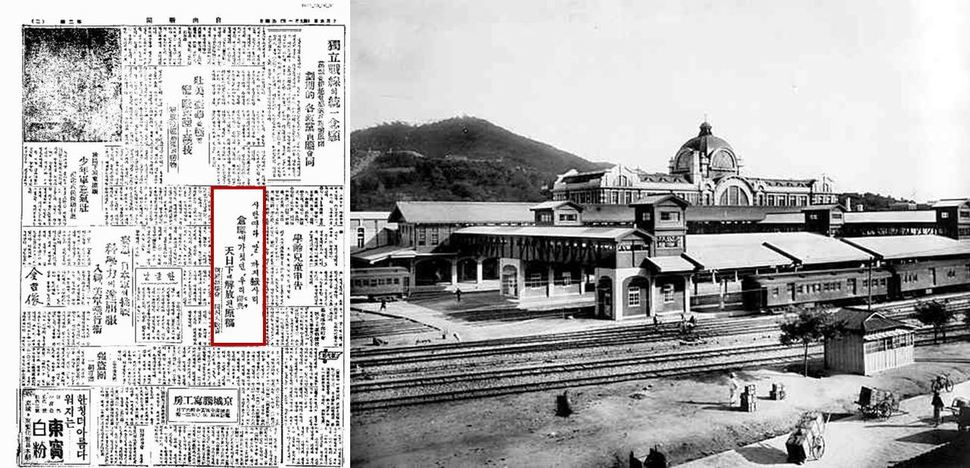
The item is Joseonmal Keunsajeon (Great Korean Language Dictionary), which became the first Korean language dictionary. The dictionary has been lost since it was confiscated by the police during the Japanese Occupation from 1910 to 1945.
The dictionary consists of 26,500 pages. After two years of sorting and editing, the first volume of the dictionary was finally published in 1947. Meanwhile, the sixth volume, which is the final volume, was published in 1957.
1. Long History of Creating the First Korean Dictionary
This is a long journey for Korea to create the first Korean dictionary, which began in 1929 and finally yielded results. This is an effort for Korea to preserve its national identity against Japan's attempt to destroy the Korean language and culture at that time.
Korean people were forced to abandon their language after Japan took over Korea in 1910. Despite Japanese supervision and oppression, dedicated Korean language experts continued their efforts to protect Hangeul. In October 1929, they established the Korean Dictionary Editorial Board and launched an ambitious dictionary compilation project. In 1933, they released the Korean language standard by collecting Korean vocabulary, standardizing loanwords, and revising the Korean spelling system under the Japanese Colonial Government.
2. Korean Language Experts Persecuted by Japan Before the Dictionary Was Published
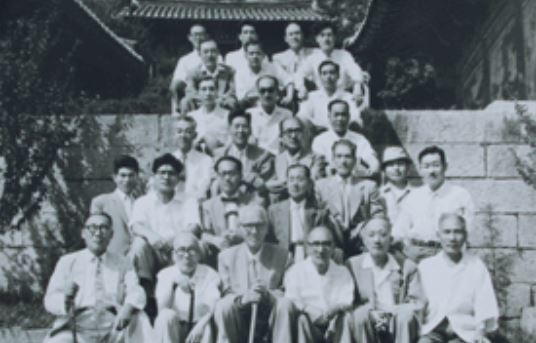
Members of the Korean Language Institute in 1959. © National Archives
It is mentioned that in 1938, Japan abolished the Korean language class and forced Koreans to use the Japanese language in Korean schools. In 1940, Japan discontinued the publication of all Korean-language newspapers and magazines and forced Koreans to adopt Japanese surnames.
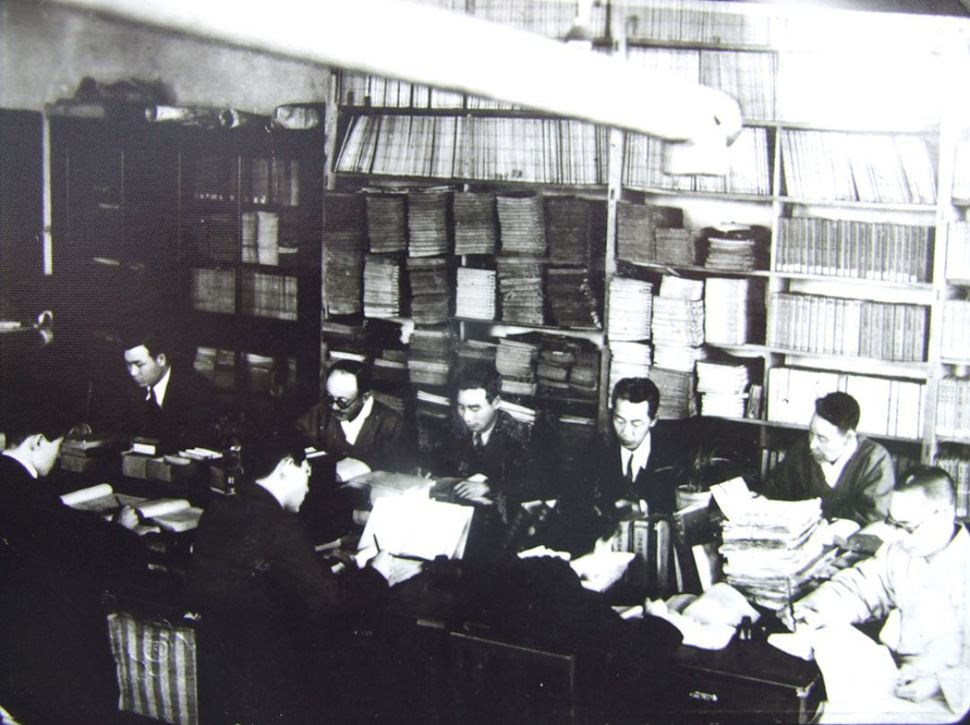
In 1942, Japan destroyed the Korean Language Institute, which was striving to publish a Korean language dictionary, by arresting all its members and confiscating the dictionary manuscripts. 16 Korean language experts were arrested, two of whom were tortured to death in prison. In 1945, the surviving language experts were released after Korea regained its independence.
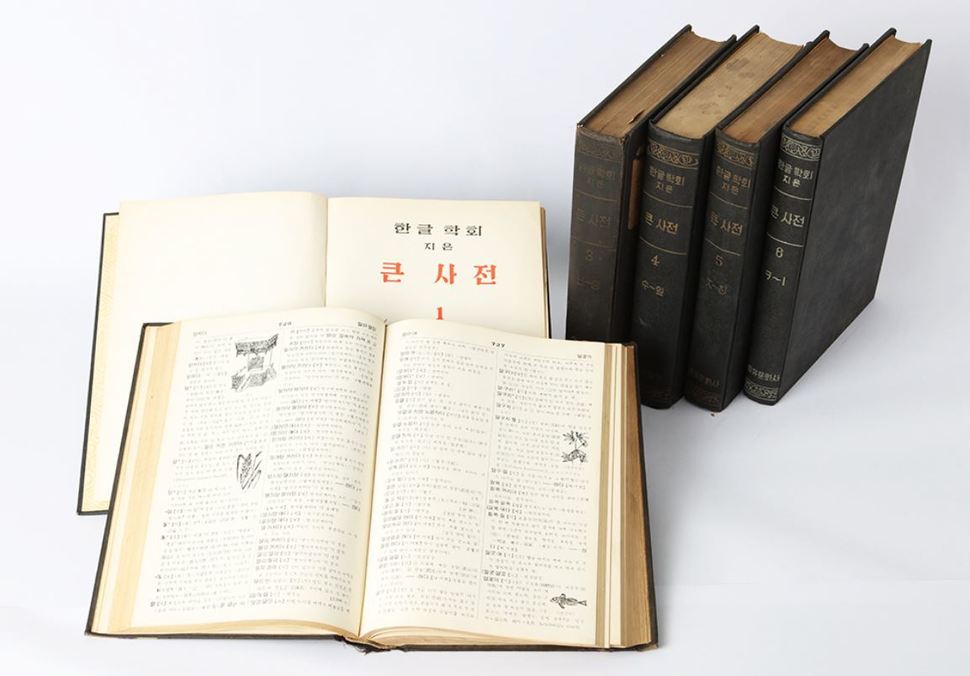
In the same year, the dictionary manuscripts were discovered. Joseonmal Keunsajeon is a treasure that shows Korea's determination to protect their language during the darkest period in history.
(kpl/mit)
Disclaimer: This translation from Bahasa Indonesia to English has been generated by Artificial Intelligence.
